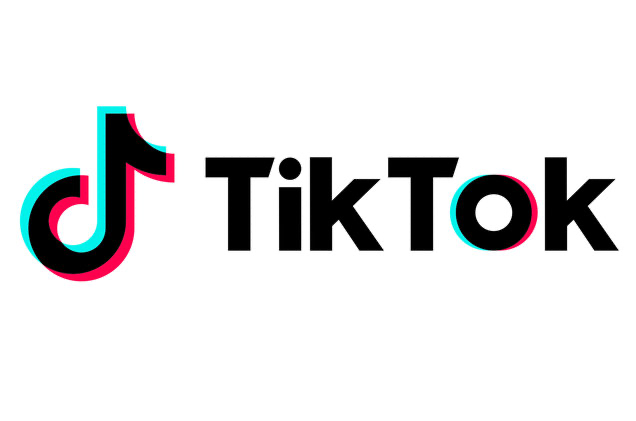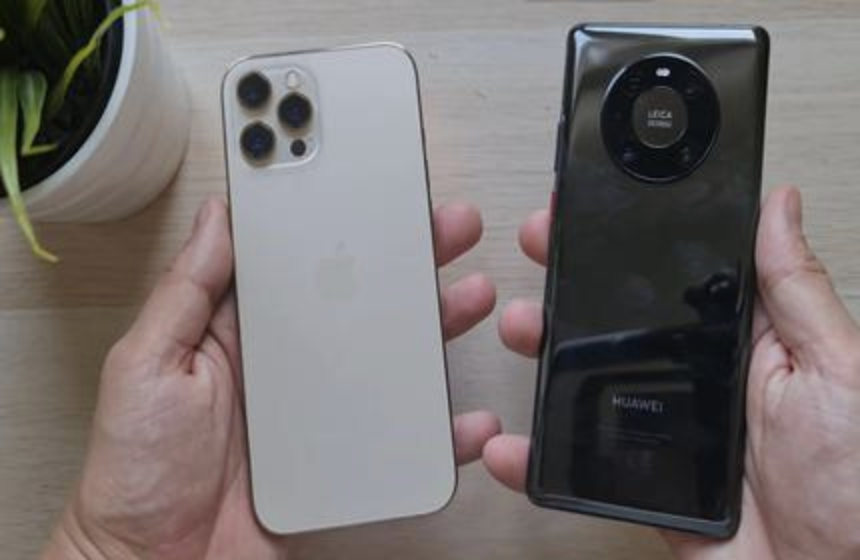TikTok, the undisputed heavyweight in short-form video, is not merely resting on its laurels. The platform is actively evolving its technical infrastructure and feature set, demonstrating a dual commitment: enhancing user experience through accessibility and proactively combating the potential pitfalls of advanced artificial intelligence. This strategic focus reflects a maturing platform that understands the importance of inclusivity and transparency in the digital age.

A key area of development is accessibility. Recognizing the diverse needs of its massive global user base, TikTok has rolled out several features designed to make the platform more usable for individuals with visual impairments or other accessibility needs. For instance, TikTok is now leveraging AI to automatically generate alt text descriptions for photos. While creators retain the ability to add or correct their own alt text, this AI-powered feature ensures that images on the platform are more readily understandable to users who rely on screen readers, providing a description even when none is manually provided. This move significantly expands the reach and usability of visual content.

Beyond alt text, TikTok has also introduced practical display options. Users can now activate a color contrast toggle to enhance the visibility of text, icons, and UI elements, a feature particularly beneficial for those with low vision or contrast sensitivities. Furthermore, the platform automatically bolds all text within the app for users who have enabled bold text support on their mobile devices. These accessibility features are conveniently located within a redesigned settings page accessible from user profiles. Implementing these technical enhancements demonstrates a deliberate strategy to make the platform universally navigable, fostering a more inclusive digital environment.
Simultaneously, TikTok is taking a bold stance on the burgeoning challenge of generative AI and the potential for misinformation it presents. The platform has announced it will automatically label all AI-generated content – including videos, images, and text – regardless of the tools used to create it. This expands upon their existing practice of labeling content made with TikTok's own AI creative tools. The critical innovation here is TikTok's partnership with the C2PA alliance (Content Authenticity Initiative). By implementing C2PA content credential technology, TikTok becomes the first video sharing platform globally to adopt this standard. This technology works by attaching metadata to content, enabling platforms to identify and mark AI-generated material.

This proactive approach directly addresses growing concerns about online disinformation and deepfake content fueled by rapid advancements in generative AI. By automatically labeling content, TikTok aims to prevent user confusion and potential manipulation. The company emphasizes its careful approach to developing these labels, ensuring they are clear, and has been actively guiding users on how to identify and critically evaluate AI content. This reflects a responsible platform strategy that prioritizes user trust and digital integrity in the face of evolving technological capabilities.
In conclusion, TikTok's recent technical updates underscore a sophisticated platform strategy. By investing in AI-driven accessibility features and pioneering AI content labeling using standards like C2PA, TikTok is not only improving the immediate user experience but is also positioning itself as a responsible player in the digital ecosystem. These steps highlight how technology is being deployed to build a more inclusive platform while simultaneously tackling critical issues of authenticity and trust in the age of generative AI.




